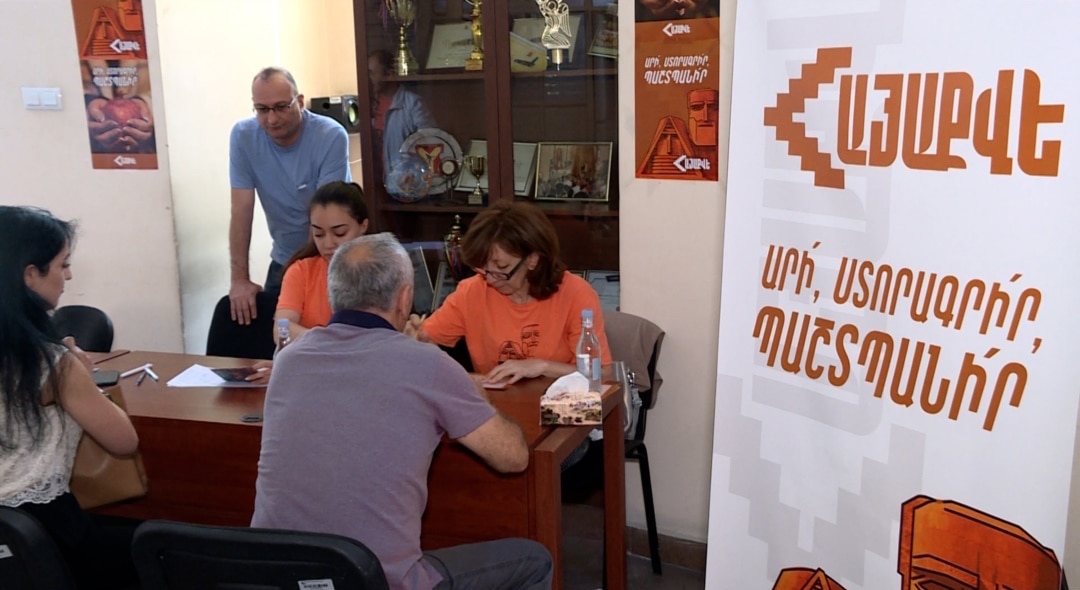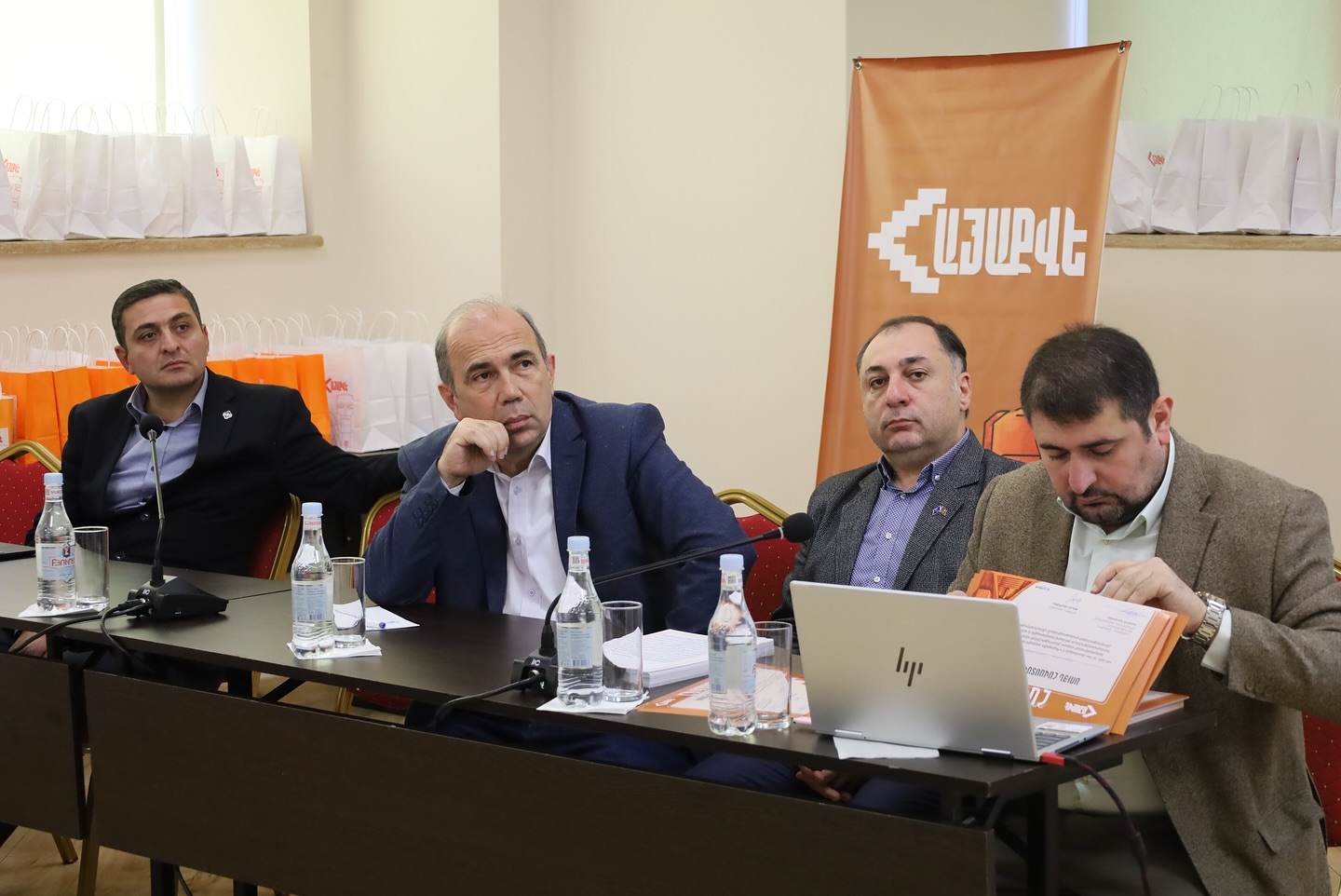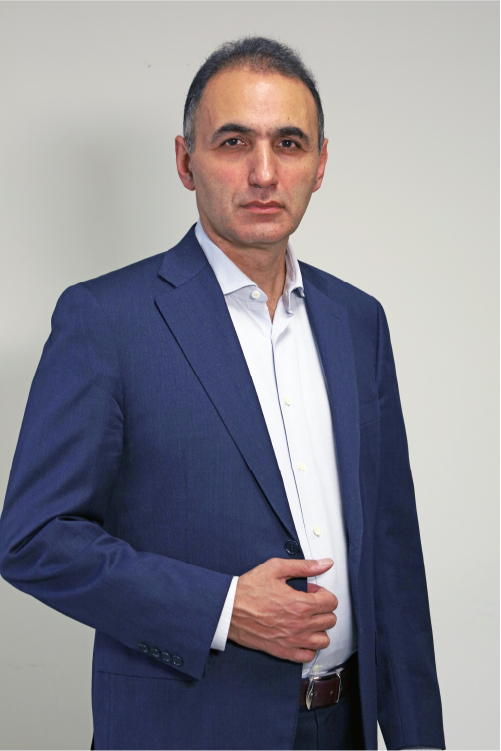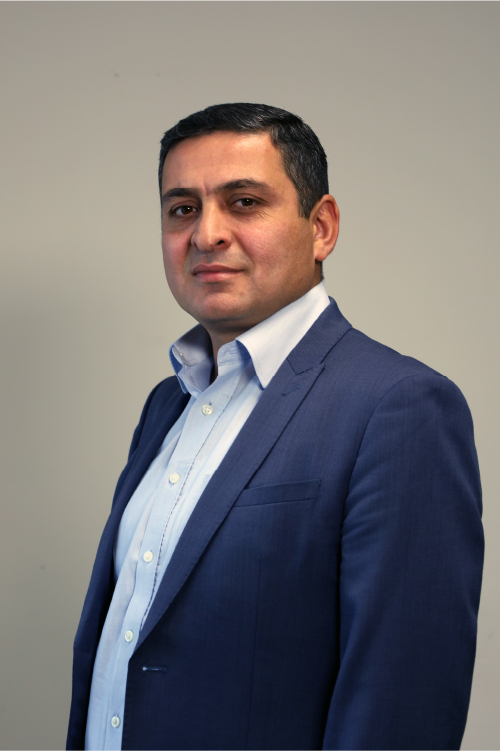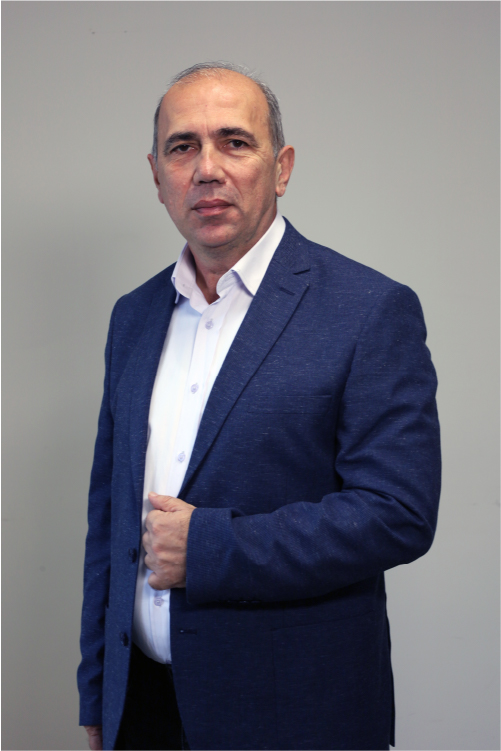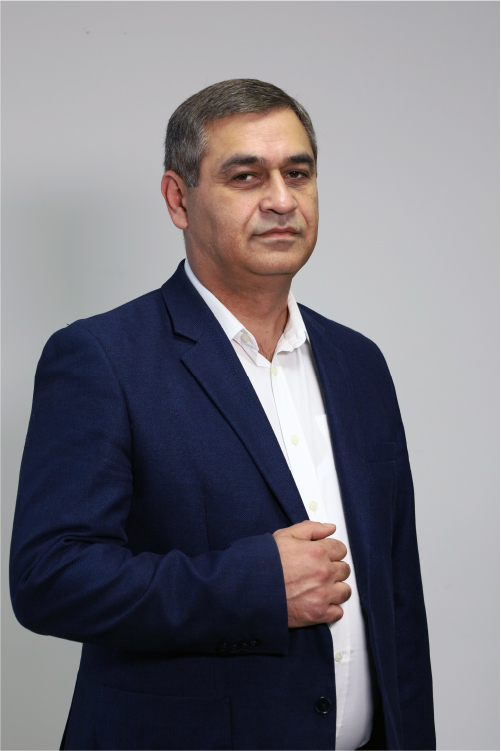«Айакве» представляет собой национальное гражданское объединение, целью которого является недопущение капитуляции Армении, отстранение от власти антинародного режима, формирование эффективной национальной администрации, способной обеспечить стратегическую безопасность и устойчивое развитие государства.
Особое место в повестке движения занимает восстановление армянского контроля и политической идентичности Арцаха.
"HayaQve" as an initiative
"Hayaqve" was formed as the first civil legislative initiative in the history of independent Armenia, proposing to criminalize the recognition of Artsakh as part of another state on behalf of the Republic of Armenia and the denigration of the significance of the Armenian Genocide.
"Hayaqve" prepared a draft amending the Criminal Code of the Republic of Armenia, according to which an official who recognizes Artsakh as part of another state on behalf of the Republic of Armenia and/or denigrates the significance of the Armenian Genocide will be punished with 10 to 15 years of imprisonment.
In a period even shorter than the designated timeframe, more than the required 50,000 signatures were collected—totaling 58,000 signatures from citizens of the Republic of Armenia. As a result, this proposal was discussed in the National Assembly of Armenia with the force of law. However, the ruling political majority blatantly violated the legislative initiative proposed by tens of thousands of Armenian citizens and did not even include it in the agenda of the National Assembly’s plenary sessions.
"Hayaqve" today
Today, "Hayaqve" is engaged in shaping a new political agenda as a radical alternative to the current regime's course. The executive governing body of the "Hayakve" union is the board, which consists of nine members and is elected by the council for a one-year term.
The union's council makes all decisions related to strategic development and elects the board members and coordinator. The main operational structures of the "Hayakve" union are sectoral and program-based committees, as well as territorial structures in Yerevan and the regions of the Republic of Armenia.
